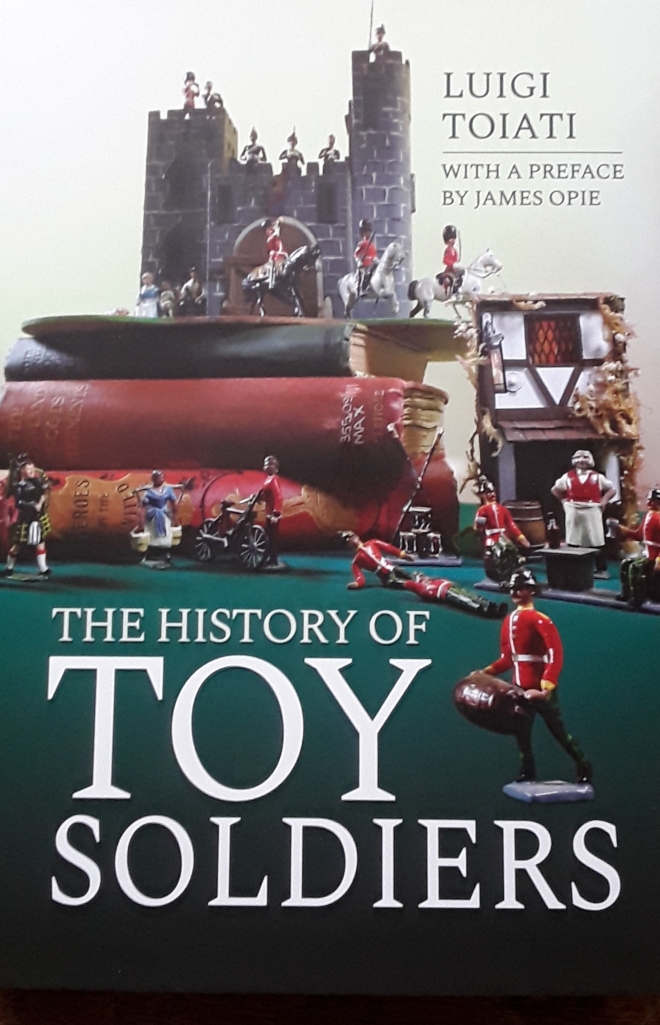
Reviewer: Michael Keith
Title: ‘D Day’ Dakotas: 6 June 1944
Author: Martin W. Bowman
Total Number of Printed Pages: 335
Rating Scale (1: Very Poor, 10: Excellent): 6
___________________________
The Douglas DC-3 (Especially in its military guise of the C-47) is one of the most famous aircraft of all time. Its fame rests largely on its military activities during World War II; during which-time it saw widespread use in many of that combat’s theaters of operations. Of all these the C-47 is most-closely associated with D-Day; the Allied invasion of Europe. This volume looks at both that use, and the experiences of the military personnel involved with the C-47 on 5-6 June 1944.
Within the volume, a poem titled Tribute To The DC-3 follows its Contents page, and is in turn followed by an Acknowledgements section, within-which the author thanks those who assisted with the volume’s creation. The 15 Chapters which comprise the bulk of the volume now appear. While primarily-focused on the C-47 and its part in the D-Day invasion, these also provide background to that operation and relate the individual personal experiences of the personnel who were involved; both as aircrew and paratroops (the latter being C-47’s primary passengers on 4-5 June 1944). An Epilogue placed after Chapter 15 (‘Galveston’ and ‘Hackensack’) provides analysis of the operation, and is in turn followed by the volume’s Index; it’s final section. The volume contains numerous quotes, some accompanied by citations indicating their source; the majority not. It also contains two separate Images sections. The images they contain are monochrome and, in addition to various aircraft, also showing different aspects of the C-47’s D-Day operation, and, where applicable, individuals mentioned within the volume. While being informatively captioned, the majority carry no source citations and are not mentioned on either the Contents page or in the Index. It was noted however that at least one caption (That of the ‘supposed’ Chalk 43 in the second images section) was incorrect in its statement; the aircraft in this instance carrying a very obvious No.44. Whether other, similar, errors exist is unknown. Where additional information and source details are required, this is presented in the form of numbered Footnotes placed at the bottom of the appropriate page. The numbers are sequential and volume rather than chapter-focused. The book contains no Maps, and despite the various acronyms and unique terminology within it, is not provided with an interpretative Glossary. What (for example) is a ‘Serial’ (page 60 and Chapter 7) an SOP, a DZ or an AEAF, these latter (along with others of a similar nature) being terms widely used throughout the book? Although the author evidently believes that the meanings of such terms are well-known, the average reader, especially one with no prior knowledge about such things, cannot be expected to have such information. The volume also contains no Bibliography or list of the books quoted throughout it.
Although this volume is both well-researched and written, various ‘technical’ difficulties meant that this reviewer found it very difficult to read. Of these, the most troublesome concerned the inordinate use of unsourced quotes; page after page after page of them. While to some this may be unimportant, their sheer volume and ‘convenience’ to the narrative being presented, eventually reached the stage where they became totally unbelievable and raised questions as to their origins. This is not to say that some quotes weren’t referenced; the occasional one was, with that from one Ben Ward on page 294 being one such example. Yet on the same page an unsourced quote from Major Francis Farley commences, and was followed in turn (on page 295) by even more unsourced quotes from one ‘Bob’ MacInnes and from Howard ‘Fat’ Brown. These are but two examples of a practice pervading the volume, a practice not helped by poor punctuation and the lack of the necessary ‘closing’ quotation marks at the end of a Quote. Paragraphs 2 and 4 on page 184 are but two of many similar examples. In addition to the foregoing, the Index leaves much to be desired. It appears to be predominately ‘People’-focused, to the exclusion of almost everything else. As an example of this latter contention, a random Index search for such text-mentioned geographical locations as Portland Bill, ‘Hoboken’ marker, Contentin Coast, Portbail, Guernsey and Alderney (All mentioned on page 58) found no Index entries. As this was on a single, randomly-selected page, and similar results were found for other (also randomly-selected), subject searches, for this reviewer, the authority and veracity of the Index became extremely doubtful.
This volume fills an important gap in knowledge about the D-Day operations, and as such it may appeal to Military and Aviation Historians, while aviation enthusiasts of all persuasions and aviation modellers may also find it of use and interest.
On a Rating Scale where 1: Very Poor, 10: Excellent, I have given this book a 6.
_____________________________





